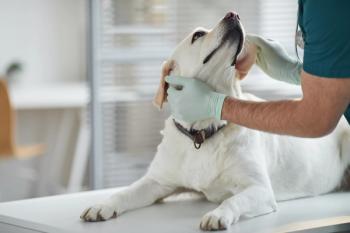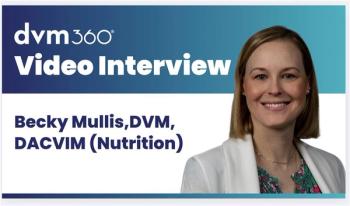
What does it mean to be humane?
Confusion and misunderstanding often occur when two people attempt to communicate using two different languages.
Confusion and misunderstanding often occur when two people attempt tocommunicate using two different languages.
More commonly, confusion arises when two people attempt to communicateusing the same language, but are attaching a different meaning to what appearsto be a universally accepted term.
Definitions
With this thought in mind, how would you define the term "humane"?Can you state with a clear conscience that in your role as a provider ofveterinary care that you are humane?
The term "humane" encompasses the best qualities of mankind.Examples of these qualities cited in Webster's Dictionary include kindness,tenderness and being considerate. Empathy and compassion could readily beadded to this list of examples.
Whereas animals cannot act in a humane fashion, human beings can showtenderness, compassion and other humane qualities to other human and animalbeings.
Behavior that is inhumane is lacking in compassion for the sufferingof humans and animals. Synonyms of the term "inhumane" cited inWebster's Dictionary include unkindness and cruelty. In context of thisdiscussion, a veterinary staff member (or owner) who deliberately choosesto disregard available means to reduce injury or illness of an animal underhis or her care could be thought of as inhumane or, in some circumstances,even cruel.
What is cruelty?
How would you define the term "cruelty"? Webster's Dictionarydefinition of cruelty encompasses actions that are inhumane and withoutpity. The term pity encompasses having compassion for the suffering, distressor troubles of another. By definition, cruelty appears to be an act or motivationlimited to mankind.
Whether an act is cruel depends not only on the act, but also on whyor how it was done (e.g. what was the intent of the act?) It is of interestthat one of the first anticruelty laws established in the USA was designedto protect animals (New York State Legislature, Anticruelty Act of 1828,Section 28).
The term "welfare" signifies a state of being or doing well.The concept of animal welfare has been traditionally founded on the premisethat humans have an obligation to act humanely toward animals.
In context of this essay, animal welfare problems are most likely toencompass acts of omission rather than deliberate acts of cruelty.
Return to the theme question, "What does it mean to be humane?"Is there connection between being humane and the diagnosis and treatmentof various diseases that affect animals? Although the answer to this questioncould fill a book, consider two applications that are presented in the formof questions.
Am I striving to provide the type of care that I would choose ifI were this patient?
Based on knowledge of my own skill and experience, and the availabilityof support staff and equipment, would I consent to my proposed plan of diagnosticand therapeutic action if I were in this patient's exact situation? Whatdiagnostic and/or therapeutic goals are likely to be achieved? In all probabilitywill the overall benefits of this plan of action justify the associatedrisks and costs?
In providing care for my patients, have procedures been designedto avoid or minimize discomfort, distress and pain?
Unless the contrary has been established, veterinary staff members shouldconsider that diagnostic and therapeutic procedures that cause pain discomfort,distress or pain in human beings may cause the same in animals.
Therefore, is there agreement by all concerned that procedures that causemore than momentary discomfort, distress or pain will be performed withthe aid of appropriate sedation, analgesia or anesthesia? What approachto discomfort would I choose if I were in this patient's exact situation?
What does it mean to be humane?
The extent to which we are humane can only be measured by the actionit prompts. To this end, we should take the initiative to put ourselvesin others' shoes, paws, hooves or claws, so we can help them as we wouldwant to be helped.
Newsletter
From exam room tips to practice management insights, get trusted veterinary news delivered straight to your inbox—subscribe to dvm360.






